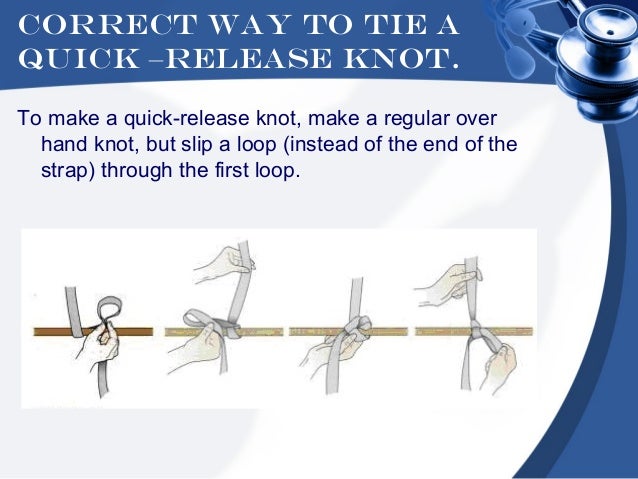How to Make Dog or Cat Booties at Home
For cold or wet weather and dog training on rough or contaminated surfaces.
I thought with the climate crisis ramping up to bring everyone winter weather and the past summer extreme heat waves and wildfires this would be a good time to tell you a quick easy way to make some booties for your pets with recycled items at home. If you need to train your dog to wear the booties, here's a free online workshop where you can learn how.
Recycle old socks and gloves for pet booties
Save these item to recycle into booties for your pets
Large Paws
Save old human socks when you buy new ones, cotton is best but any socks will work
Small Paws
Save old used cotton gloves when you replace garden gloves or leather work gloves. Medium to Large size give the pets more room.
Waterproofing Material
Recycle and save plastic grocery sacks, zip lock baggies and other lightweight flexible material that will be comfortable for your pet to walk on. Like old rain coats you would throw away or tents.
Lacing
String, shoelaces, ribbon, waterproof tape can be used to tie the Bootie on your pet's paws.
To Make a Dog or Cat Bootie at home from recycled material
First Measure the paws .for a good fit
Measure a standing or sitting down pet's paw from the bottom of the paw at the floor to a height you may need in snow or water.
Front Feet Measurements for Booties:
Make sure to measure so the top of the Bootie is an inch or so above the unused Toe (Carpal pad) high on the back of front feet above the "pastern" area of the leg (see pics below). This will help hold the Bootie up and prevent slipping off the foot. If the Bootie only goes over the dew claw (see pic below) the Bootie may slip off.
| Image source and more paw care |
Back Paw Measurements for Booties
Measure the back feet the same way but to a height above the Hock on the back leg. See pic below.
| Image source |
After you have the height of the Bootie determined follow these steps to make one Bootie for each paw.
Booties for small paws and pets
1. Cut the fingers off of large sized cotton gloves, gardening or flexible soft leather gloves. Baby socks and other small bag like object that will easily slide over the pet's paw.
2. Punch small holes in the top edge of the cut off finger part of the glove or the baby sock.
3. Lace a shoestring, string or ribbon through the punched holes to tie Bootie on the paw.
4. Trim a square or round piece of the recycled waterproof material to cover the Bootie from the bottom to top by placing the Bootie in the middle of the square waterproofing and fold then trim to cover.
5. Punch holes in the plastic waterproofing cover and lace a tie string through the holes loose enough to slip this over the Bootie once the Bootie is on your pet.
Putting the Boots on your dog or cat, rabbits and birds can wear these too.
Some pets will have to get use to the booties on their feet.
It's best to do the front feet first then the back feet.
Do one foot at a time to help your pet grow accustom to the feel and weight of the Booties.
Be prepared for your pet to shake its foot, walk funny at first or try to remove the booties. Some pets may chew the boot off and never get use to wearing one but most pets will learn the boot feels alright and its okay with a little patience on your part.
Allow the pet time to get use to it, let them dance around a bit getting the feel for the new thing on the foot, keep them out of harm's way, laugh a bit, and in a few minutes they will understand the Bootie is not going to hurt them and all is fine.
Put the soft sock or glove on first then the outer waterproofing cover. Tir the bootie in place using a bow like your own shoes or a quick release knot below.
Then put another Bootie on the next foot. Remember, it's best to do the front feet first then the back feet.
Tie the booties tight enough to not slip off but not to tight to block blood flow. You should be able to slip a finger in between the leg and bootie for easy movement.
Do Not use a knot or bow that will tighten and not release instantly
Never use a knot to tie on any animal that cannot be released quickly with one pull.
See below


Below is a good graphic about animal knots and the linked article on basic horsemanship hold true for restraining or using ropes or strings on dogs too
From Think Like a Horse site
Stay safe and warm!
Here's an awesome Free workshop for you !















